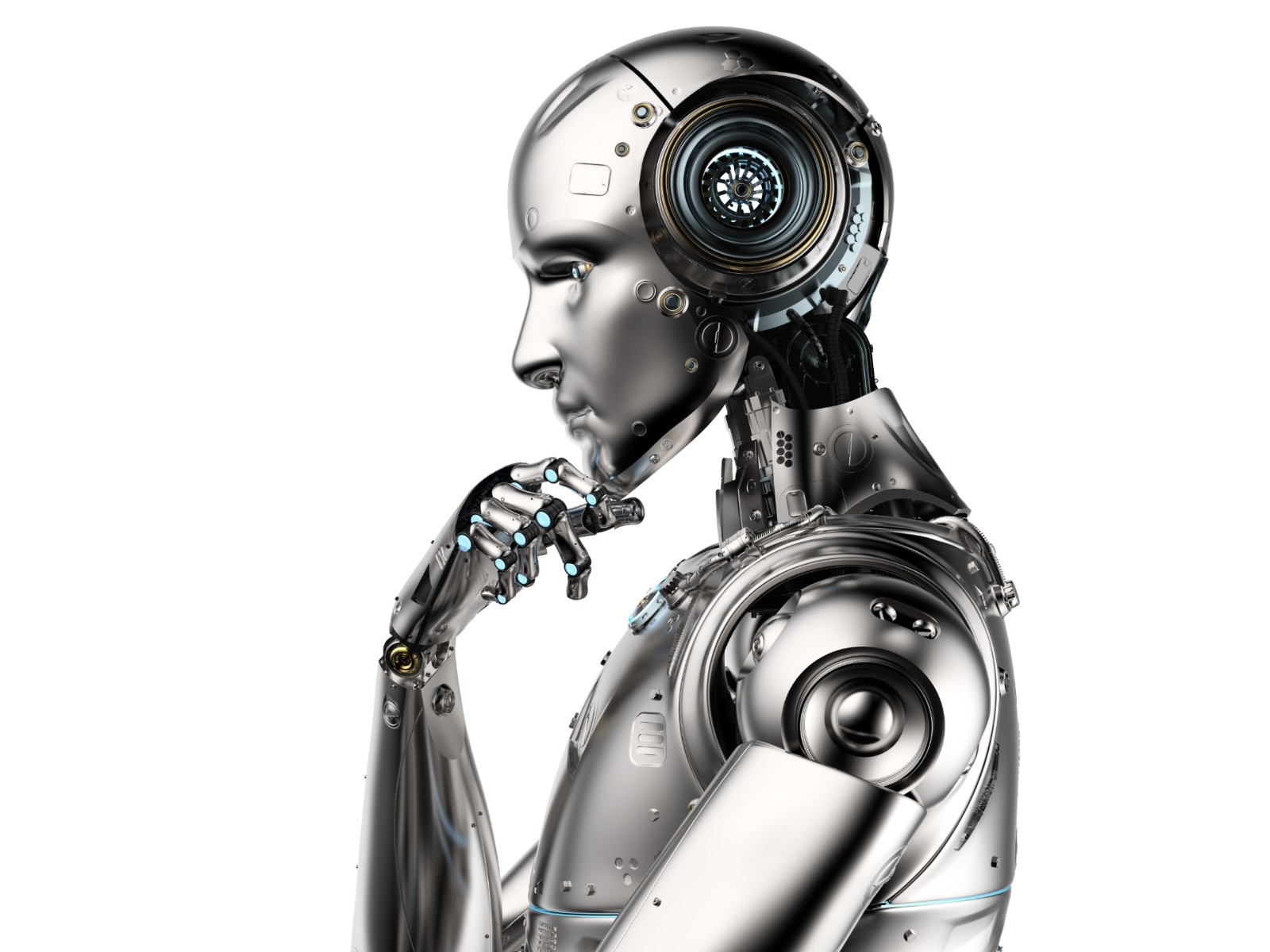The next AI frontier: International mediation?

The next AI frontier: International mediation? AI, algorithms and big data are rapidly becoming essential tools in the process of alternative dispute resolution, the Financial Times says. Much of this is down to the growing role of data analytics in predicting trial outcomes, which is widely employed in US litigation and now creating demand in other parts of the world. Technology — like cluster tool Brainspace — is particularly adept at identifying, prioritizing and grouping key documents at an early stage, allowing law firms to sift through vast amounts of data in a short period of time and draw big-picture early conclusions that will inform or direct their cases. And a landmark case in the UK in February saw a “robot mediator,” Smartsettle ONE, resolve a dispute over a GBP 2k unpaid bill, using a method likened to a blind-bid mechanism.
The robots are no substitute for human perception: Small-scale settlements are one thing, but when it comes to complicated disputes involving large sums, mediation and arbitration are still fundamentally human disciplines, say experts. “A skilled mediator can read the people in the room and can understand what they’re worried about and shape the settlement,” says Ben Carroll, a dispute resolution partner at Linklaters. So the future for AI, at least for now, may lie in its ability to process human perceptions as if they were data. A trend in the US, in which legal analytics companies use reams of data about the prior decisions of district court judges to predict their rulings, may now be extended to alternative dispute resolution. So the future could see robots processing the individual preferences or behavior of mediators, and arbitrators to anticipate how they might rule on particular cases.